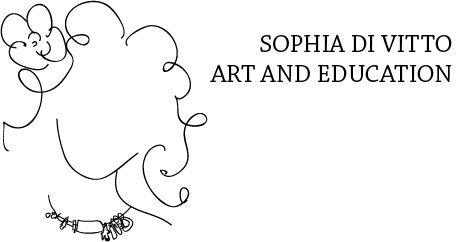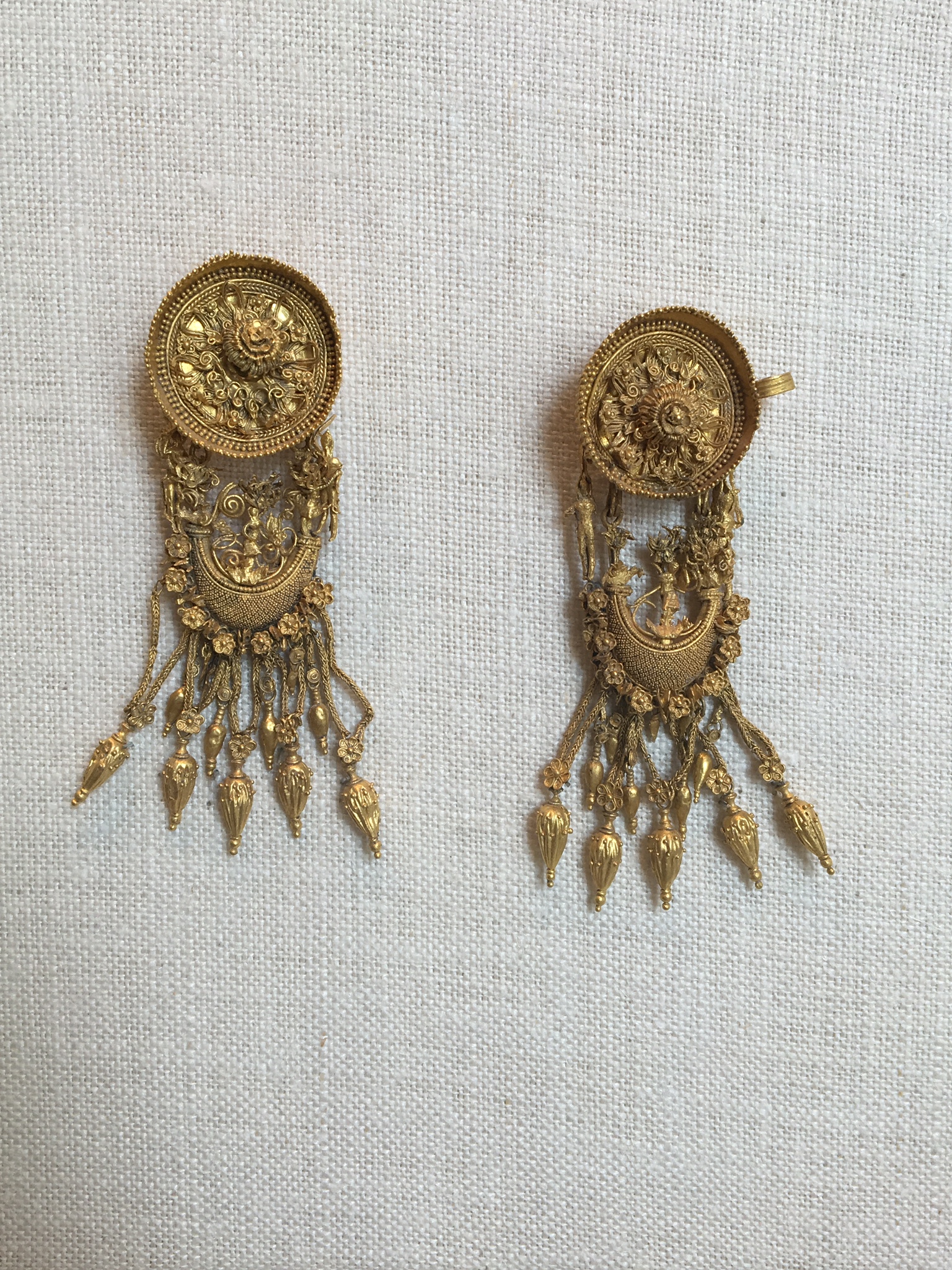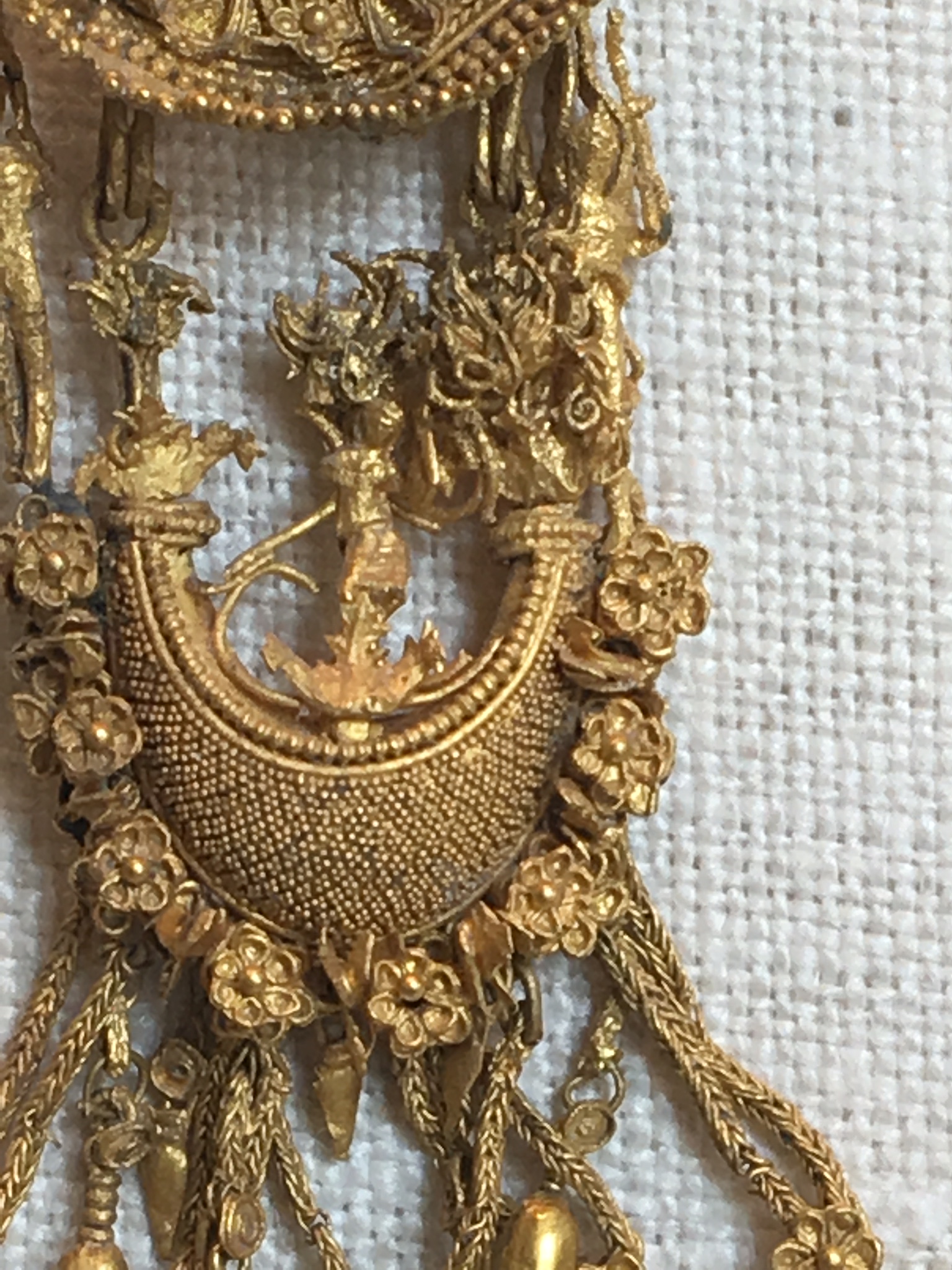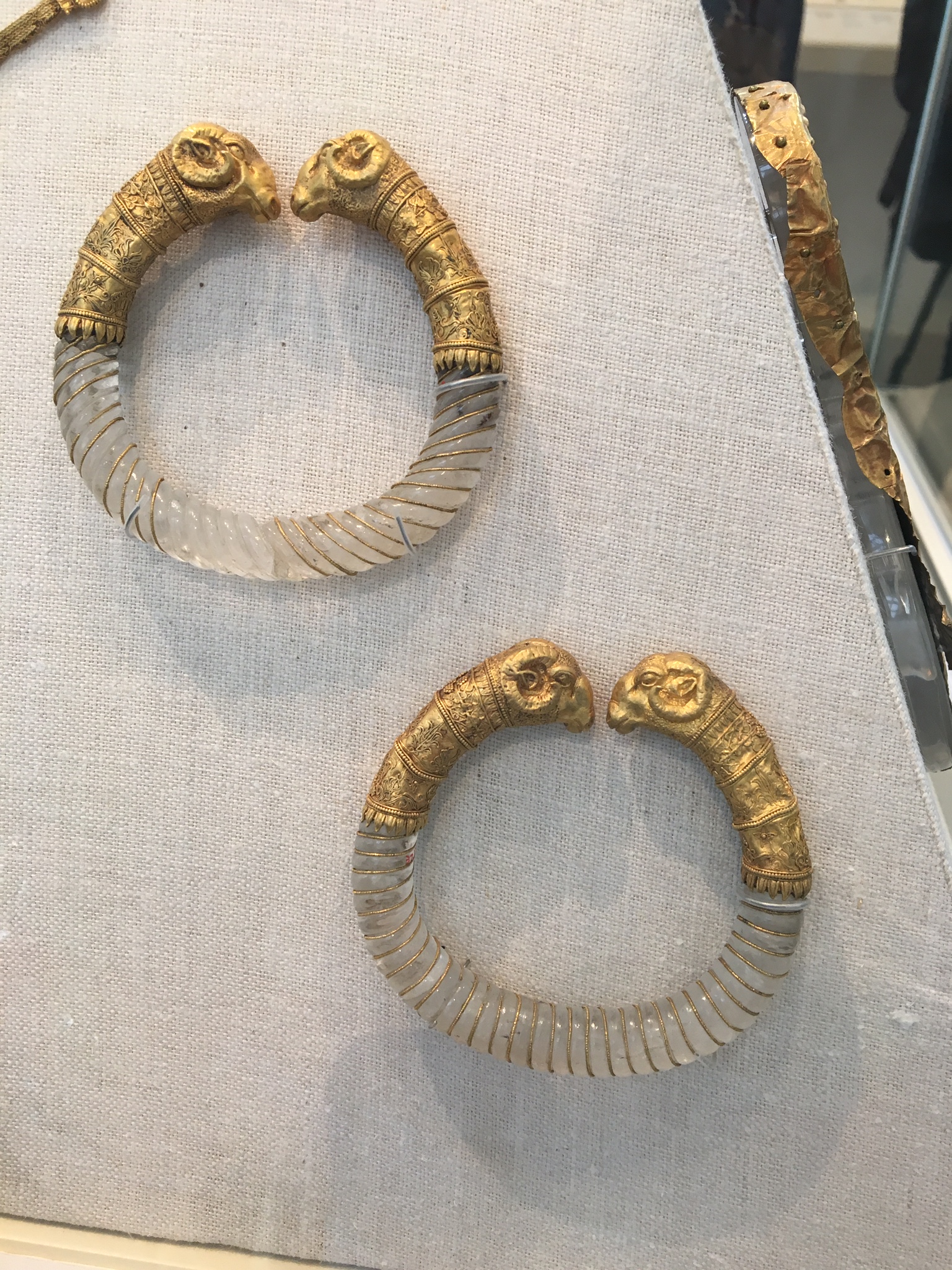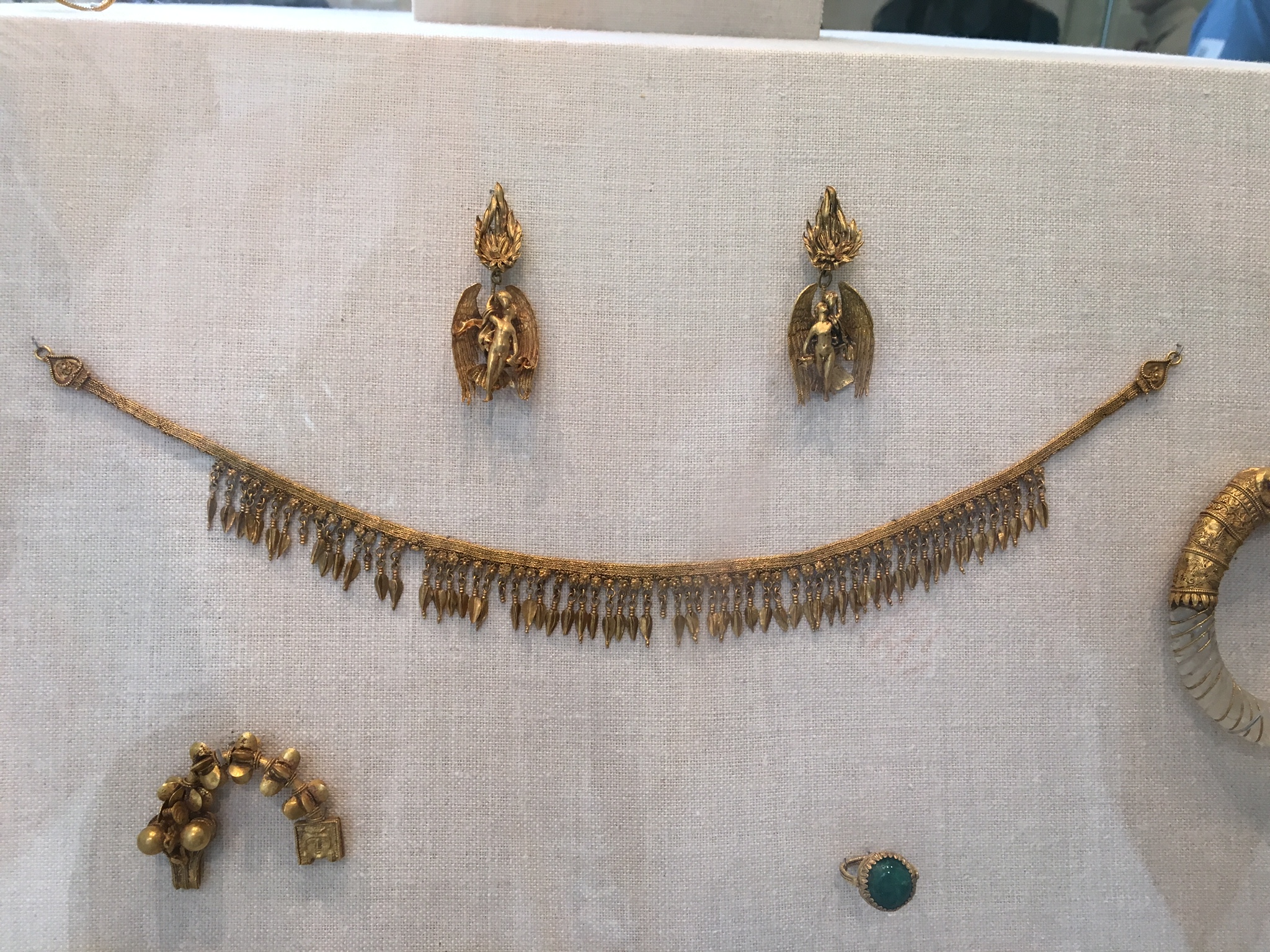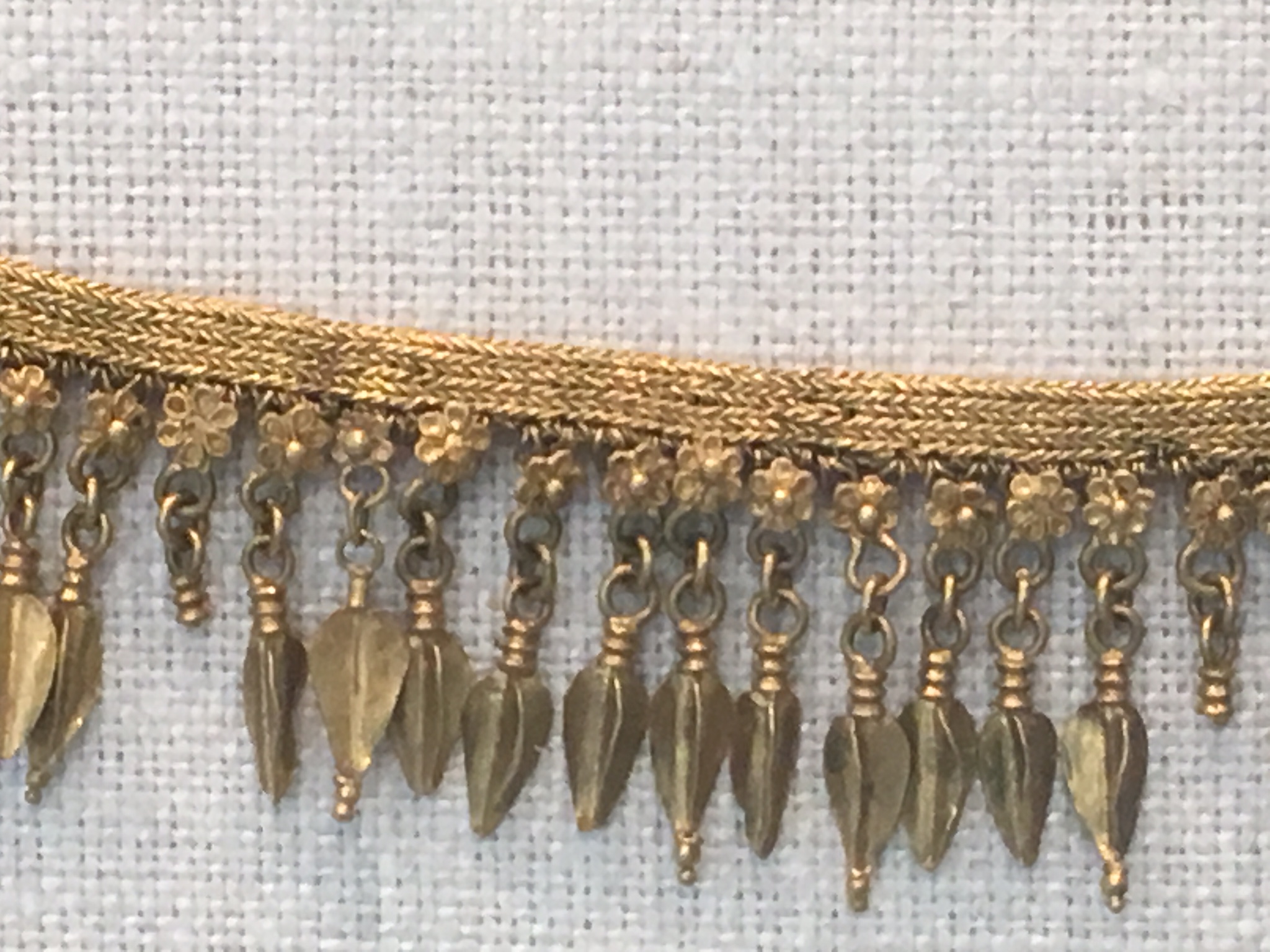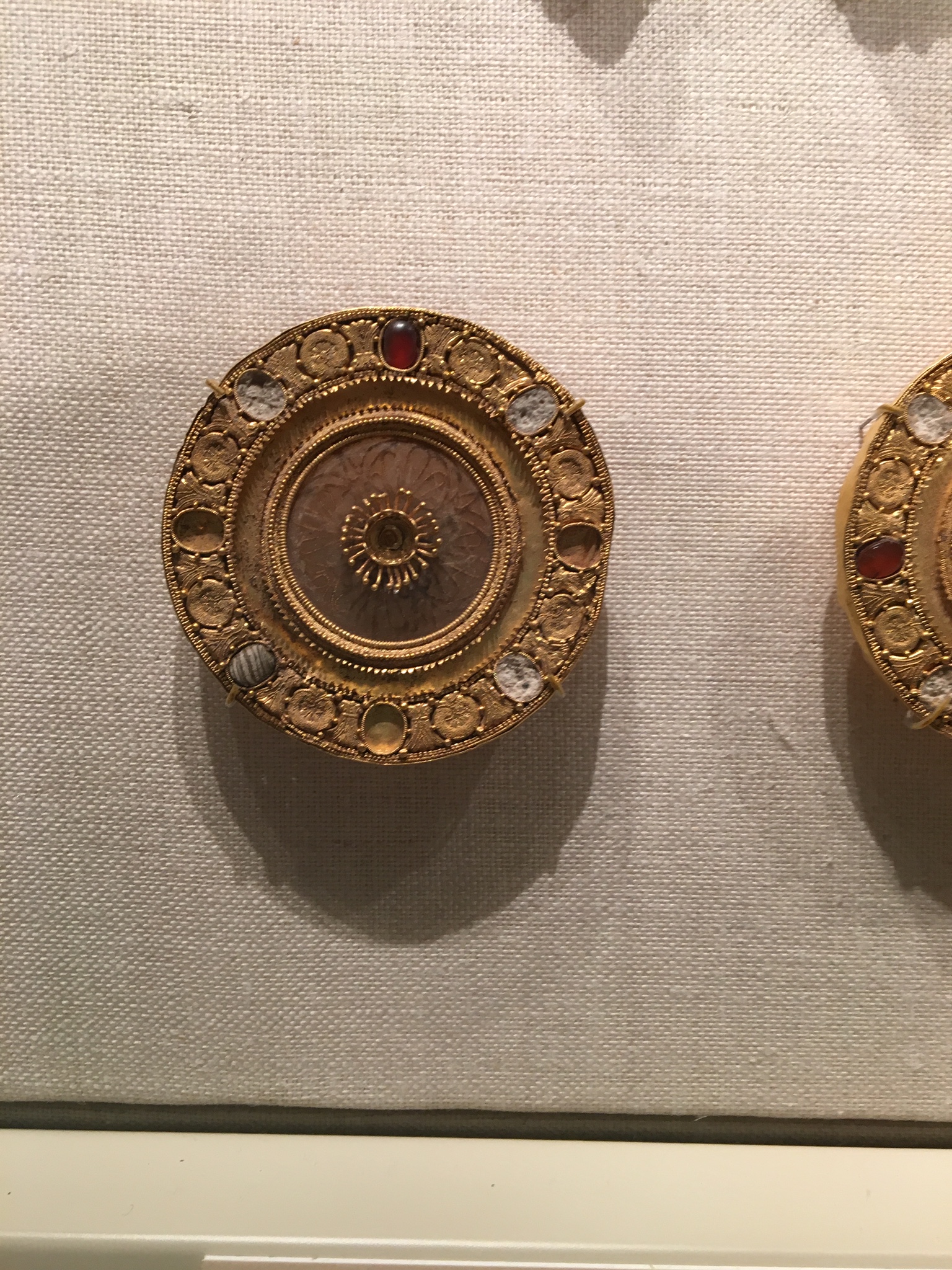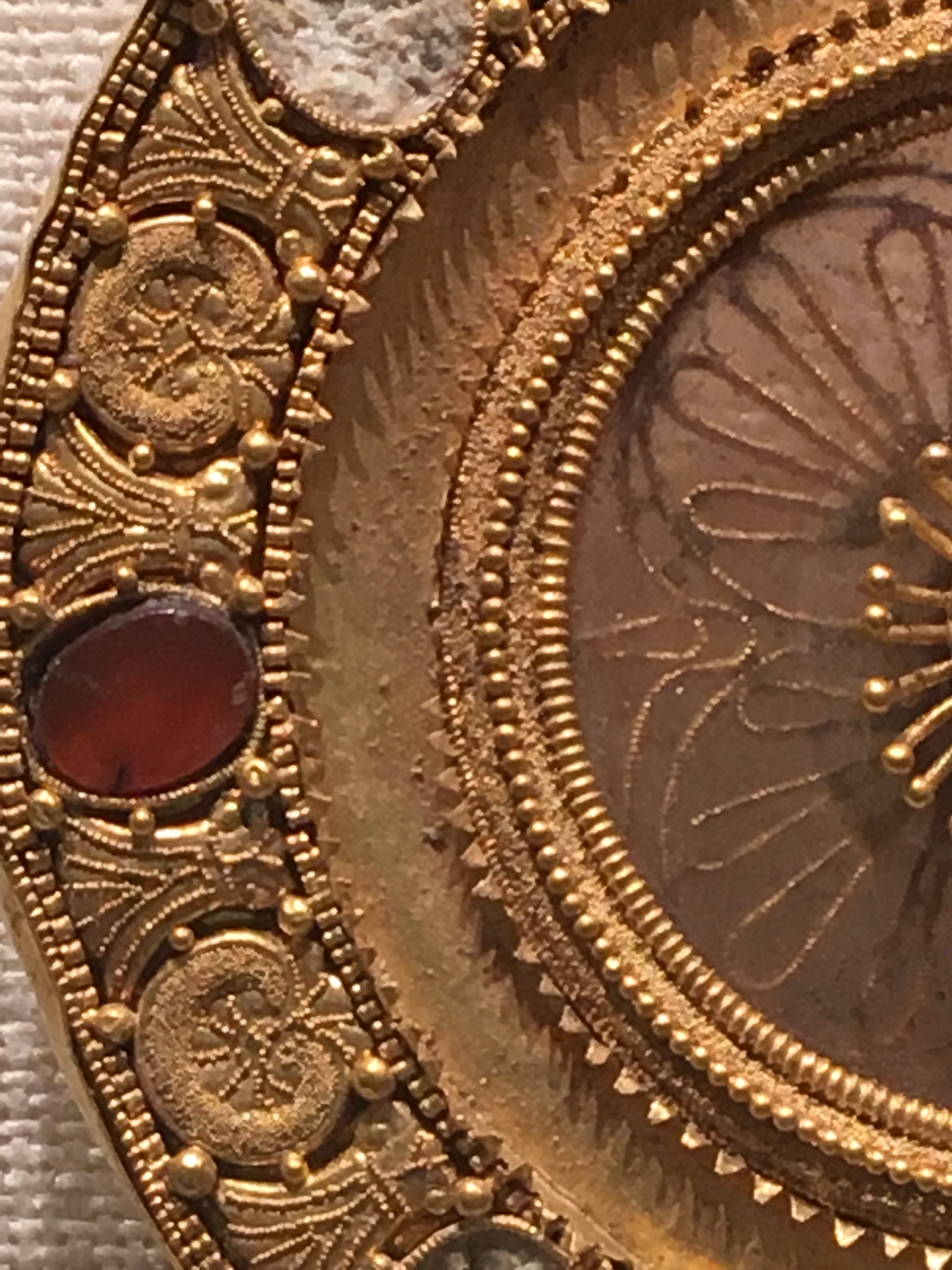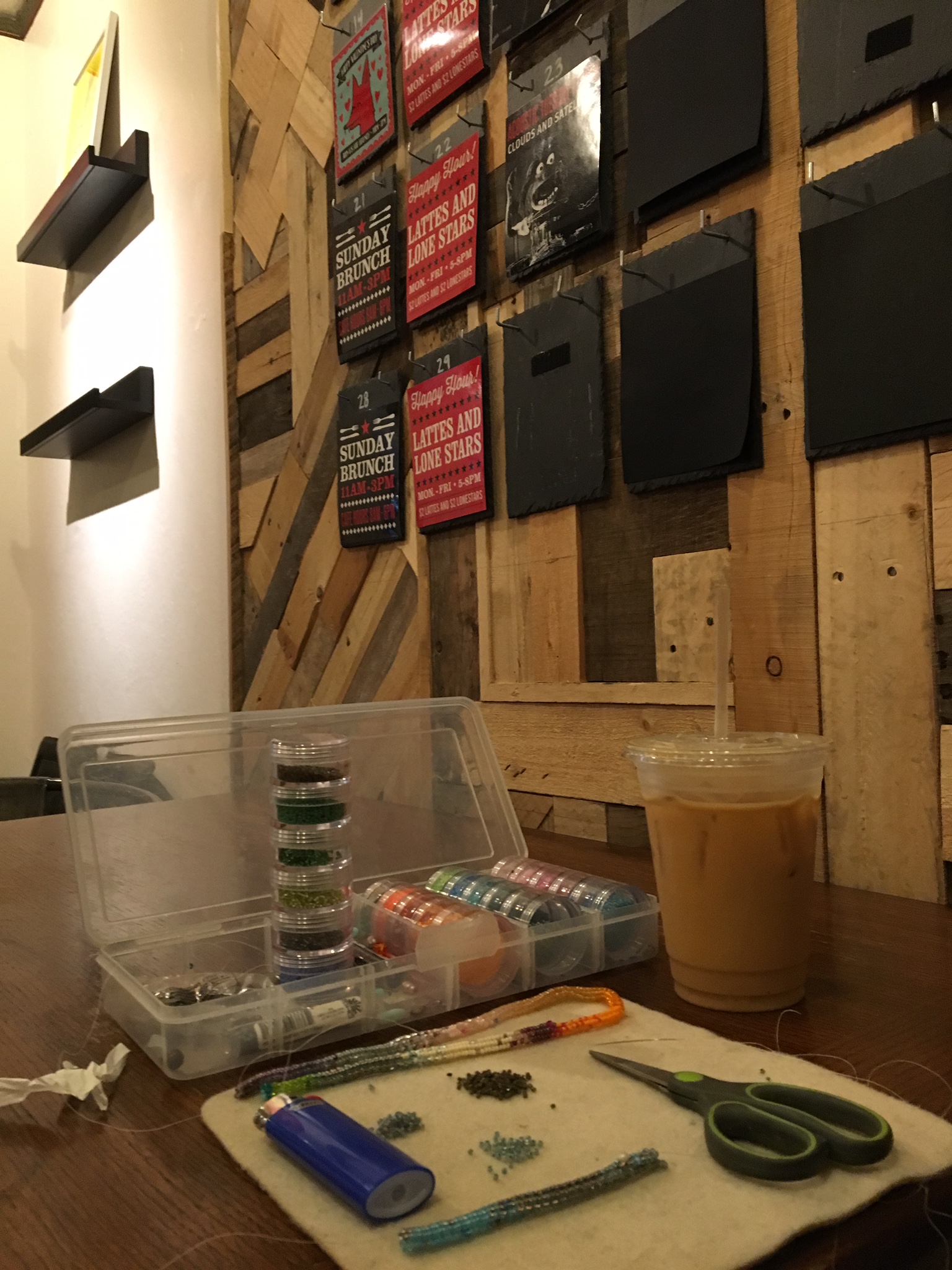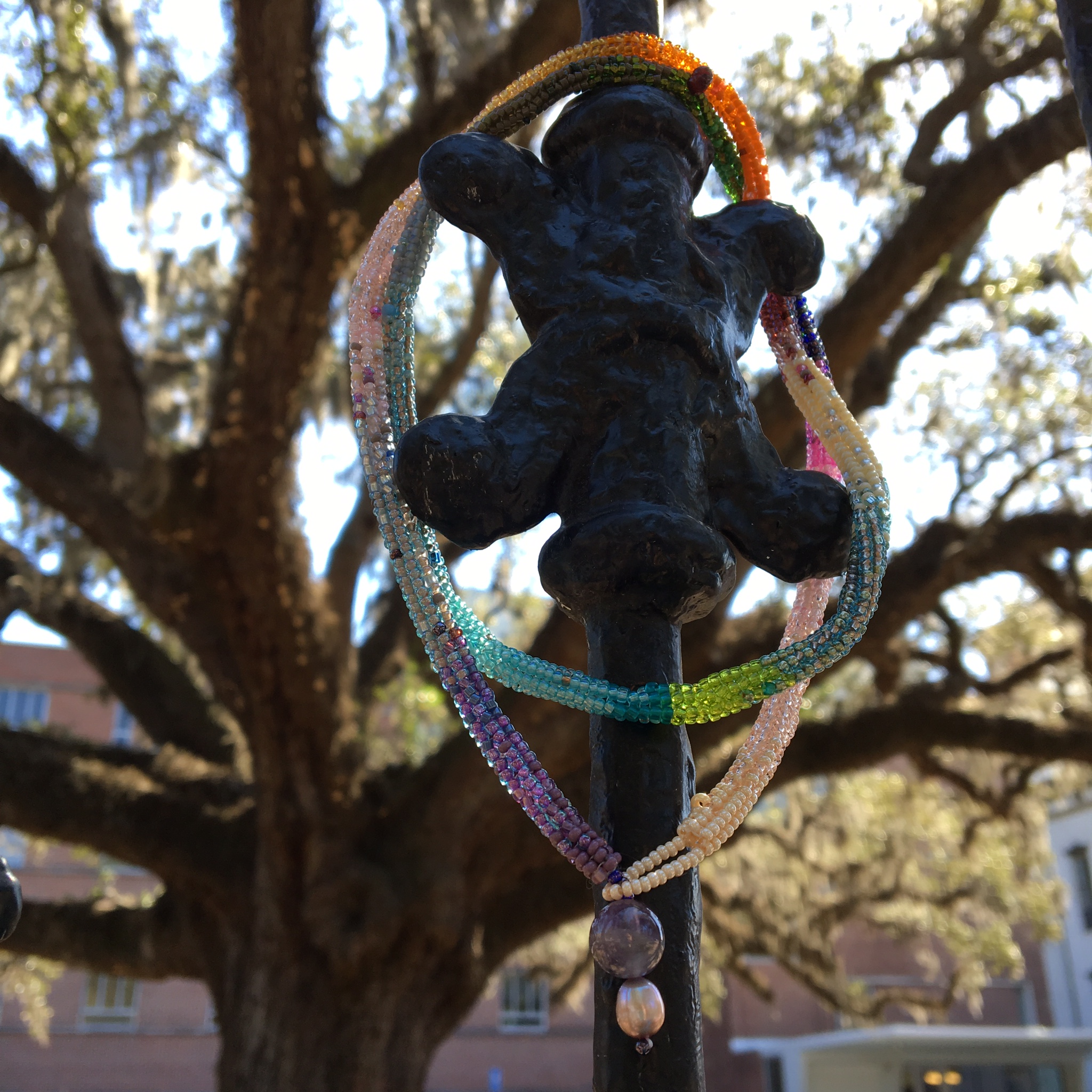The class I signed up for with the Bard Graduate Center had its second session yesterday at the Metropolitan Museum of Art. We had a private tour of some of the Met's Jewelry from Ancient Egypt, Hellenistic Greece, Etruscan, Ancient Rome, and Early Celtic Civilizations.
Pectoral and Necklace of Sithathoryunet ca. 1887-1813 B.C.E.
We started out with this Egyptian Pectoral and Necklace of Sithathoryunet with inlayed with carnelian, lapis lazuli, turquoise, and garnet. Sithathoryunet was a princess in the 12th Dynasty of the Middle Kingdom. The beads are arranged in a symmetrical pattern, however because the stringing material was not found it is unknown how the beads would have been strung.
Gold and Amethyst Girdle
This was not part of the tour but it was probably my favorite piece, also from Ancient Egypt. The Gold Lion Heads are stamped, hollow and then soldered together. The stone bead is amethyst.
We then moved on to the Greek and Roman Wing where we stopped in to see some incredible Greek Jewelry. The fine details are enlarged to see the granulation and loop in loop chains. The Greeks liked to layer lots of floral motifs, human figures, and decorative elements all made from fine gold sheet, granulation, and wire.
We moved to the Etruscan Jewelry Case where we were able to see some of the finest Granulation and Filagree ever to have been created. What appears in the center of the first gold disc is actually supper fine granulation. Even with today's modern technology, no one has been able to replicate the granulation quality of the Etruscans.
The tour ended in the Hellenistic Treasury with these matching armbands. The two figures were made from Repusee and Chasing. At the top of the figures there are a series of loops for the bands to be attached to the clothing so it does not slip off the wearer.
This experience was fantastic. To hear a doctoral candidate speak about the jewelry right in front of the tour was inspiring. There are very few people who choose this field of Art History and it is so important that people continue to investigate it because there is still so much to learn, especially from the Etruscans.
Thank you Bard for setting this program up! It has truly been inspiring.
